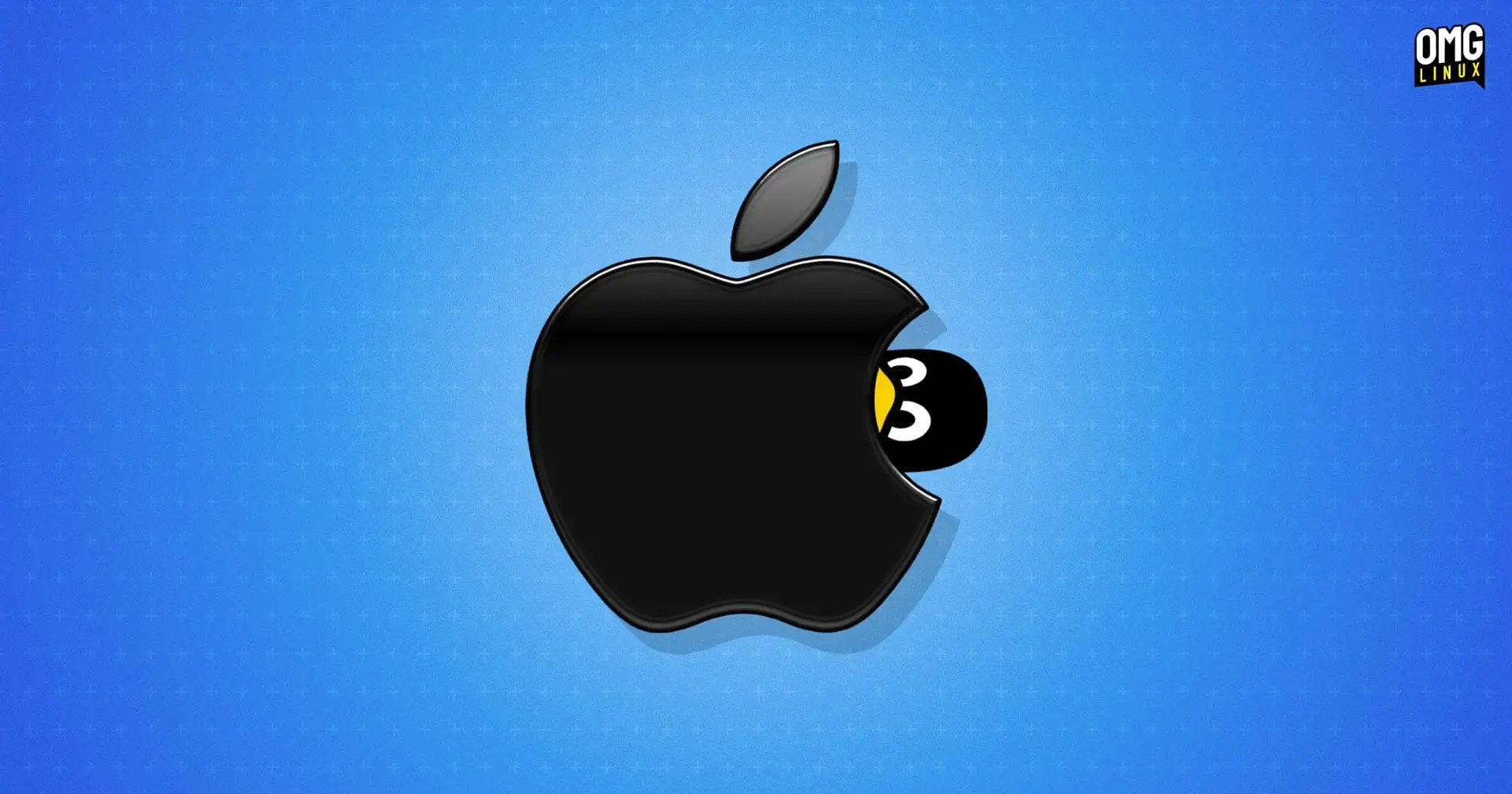Apple recently unveiled its new open-source container tool designed for macOS, catering specifically to developers who work with Linux containers. This release coincides with WWDC, amid various announcements and updates related to Apple’s software ecosystem.
The tool, named container, is developed using Swift and is optimized for Apple silicon and the upcoming macOS 26 Tahoe. It allows users to create and run Linux containers, boasting support for OCI-compliant container images. This functionality ensures compatibility with standard container registries, allowing users to pull, push, and run images across various OCI-compliant applications, including Docker.
What sets Apple’s container tool apart is its handling of each container with an isolated, lightweight Linux VM, focusing on enhanced security and privacy. This contrasts with other shared-kernel solutions. It utilizes Apple’s new Containerization framework, which aids in managing containers, images, and processes on Mac and supports secondary containers, or sidecars, for additional functionality.
While running Linux containers on macOS has been achievable using existing tools like Docker Desktop and virtual machines, this new native option from Apple may yield improved integration with macOS features such as vmnet, XPC, and Keychain. Developers can test out the tool on macOS 26 Tahoe beta or on macOS 15 Sequoia, albeit with some limitations regarding networking capabilities.
Apple’s move signifies its recognition of the significance of Linux containers in the contemporary software development landscape. By introducing these homegrown tools, Apple mirrors Microsoft’s efforts with WSL, aiming to create a seamless development experience for users who work within mixed environments.
For more details, check Apple’s technical documentation and the open source developer tools available.
